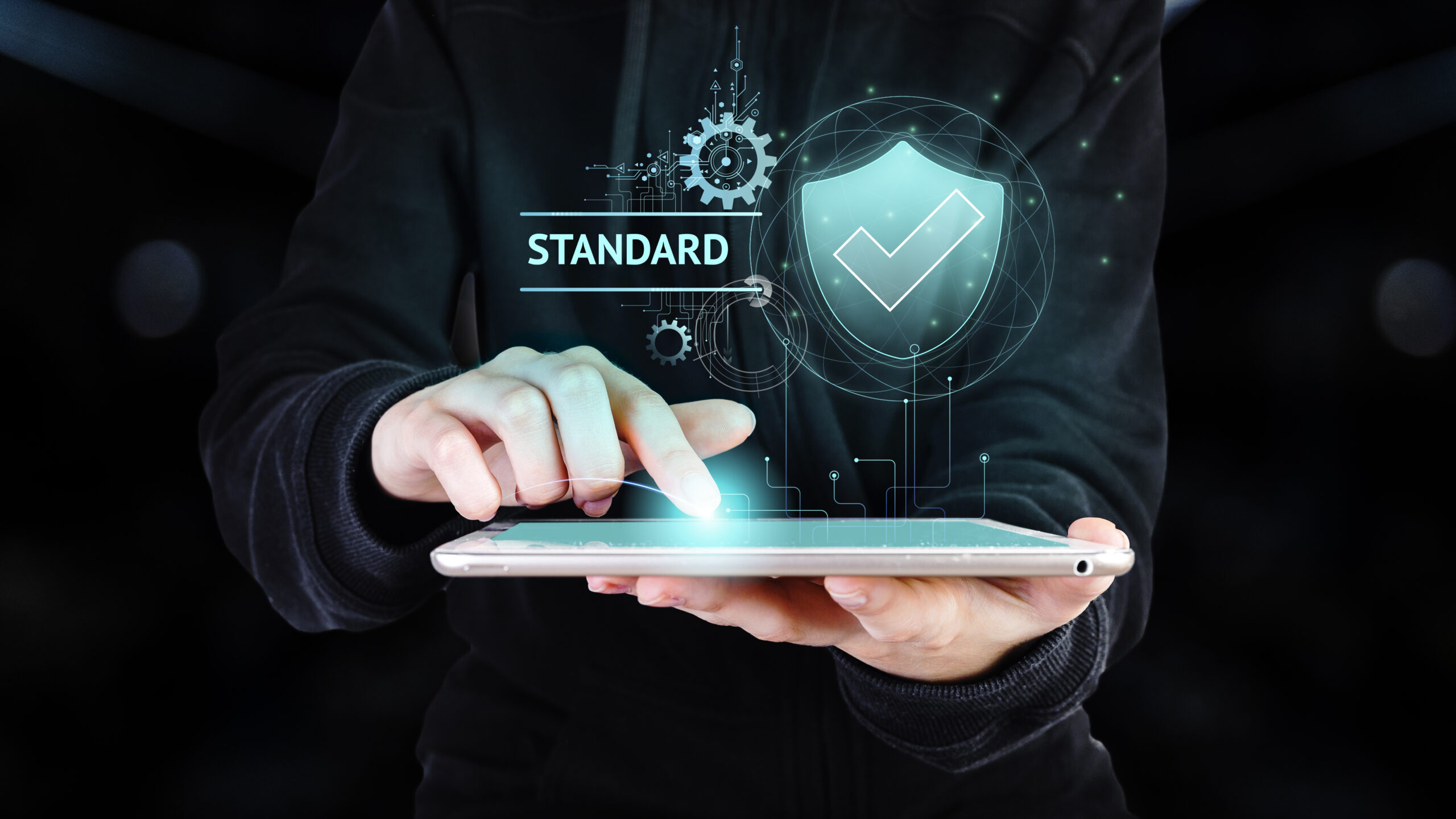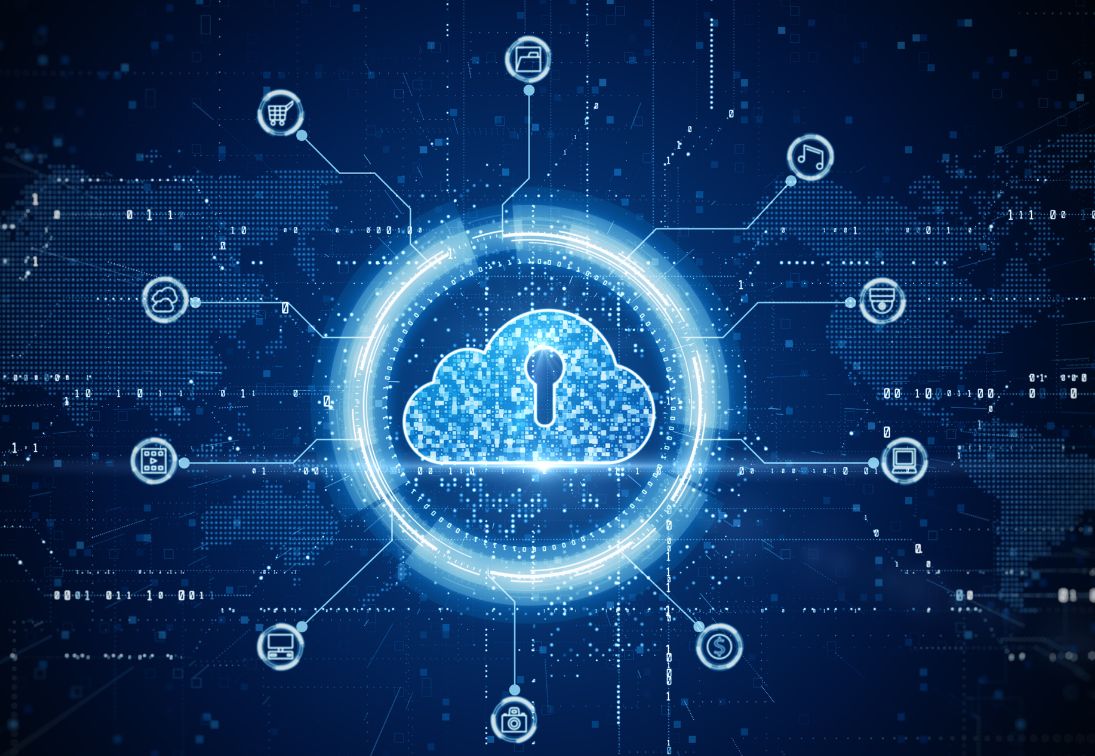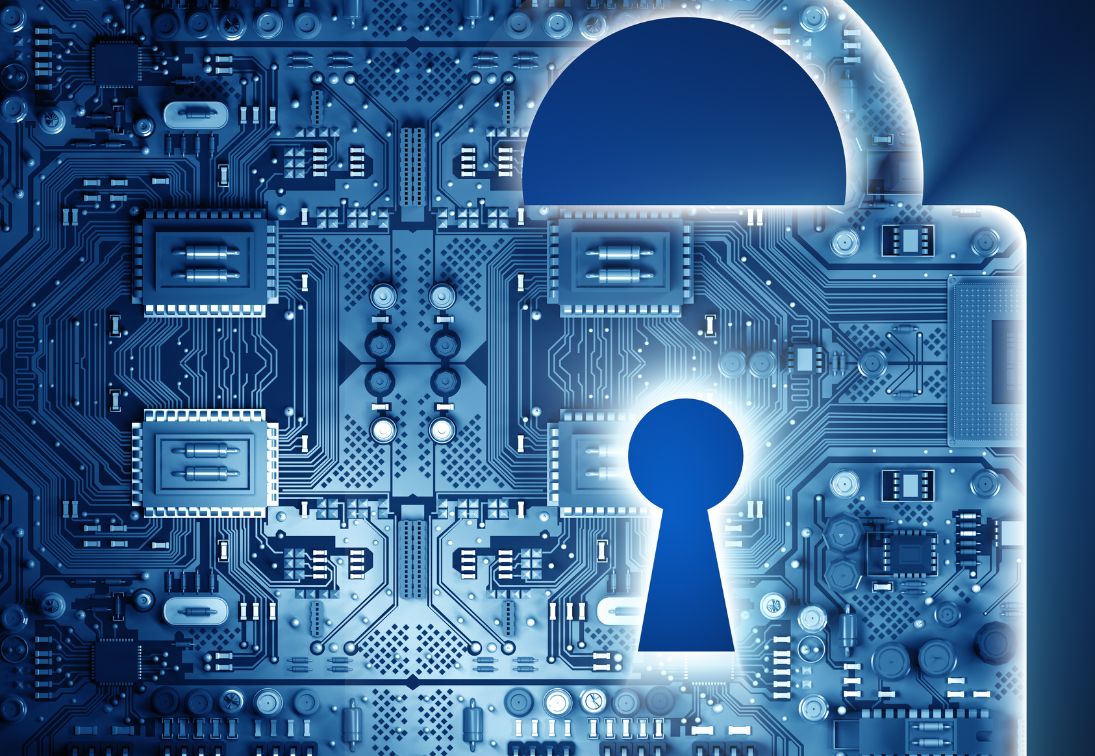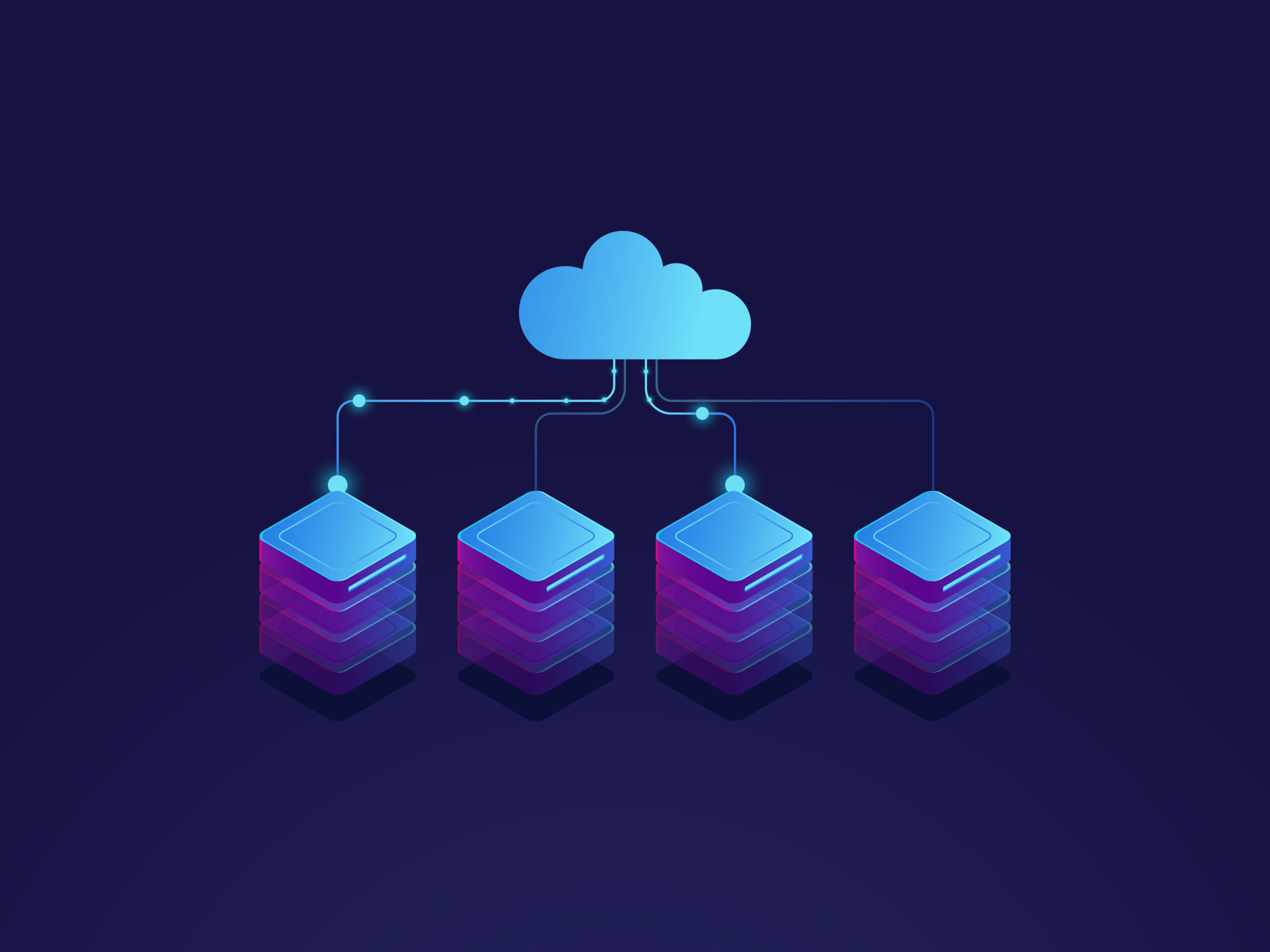Serverless computing has become a key component of modern cloud architectures and continues to gain popularity among IT professionals and developers in 2024-2025.
- This model allows applications to be run without the need for direct management of the server infrastructure, operating systems, or computing resources.
- Cloud providers manage all maintenance, scalability, and availability – allowing developers to focus on writing code and developing applications.
- While serverless computing offers significant benefits, it also poses unique challenges that must be considered.
Key Benefits of Serverless Computing (2024-2025)
Reducing operational overhead
- No need to manage servers – cloud providers handle all server maintenance and updates.
- Developers focus on development – more time for innovation instead of infrastructure management.
- Acceleration of development processes – Time-to-Market is significantly shortened.
Cost savings – pay-as-you-go
- Pay-As-You-Go model – no need to pay for unused resources.
- Cloud cost optimization – especially suitable for applications with varying loads.
- Potential for significant savings compared to traditional cloud environments.
Automatic resource expansion (Auto-Scaling)
- Automatic support for changing workloads – no manual configuration required.
- Ensures high availability even during periods of increased load.
- Complete flexibility according to application requirements.
Built-in security and high availability
- Cloud providers handle data replication and disaster recovery mechanisms.
- Serverless services ensure automatic redundancy and availability.
- A more secure model – less exposure to direct attacks on the servers.
Disadvantages and Challenges of Serverless Computing (2024-2025)
Cold start delay
- When a serverless function is invoked after a period of inactivity, a new execution environment needs to be initialized.
- Startup time varies – Java on AWS Lambda may experience longer latency compared to Python or Node.js.
Vendor Lock-In
- Deep integration with AWS Lambda, Azure Functions, or Google Cloud Functions may limit switching between providers.
- Services like API Gateway and CloudWatch create a dependency on the cloud provider ecosystem.
Function execution time limits
- In AWS Lambda, for example, functions are limited to 15 minutes of execution time.
- Not suitable for heavy computational tasks or long-running processes.
Complexity in troubleshooting and performance monitoring
- Monitoring and debugging serverless environments is challenging – data is distributed across multiple services.
- Requires the use of tools like AWS X-Ray or Google Cloud Trace for function tracing.
Information Security and Risk Management
- Serverless functions communicate with many managed services, which increases the potential for attack.
- Using a Least Privilege policy is necessary to prevent unauthorized access.
Future Trends in Serverless Computing (2024-2025)
Integration with containers and Kubernetes
- AWS Fargate and Knative allow you to run containers without infrastructure management.
- Easier transition between container architecture and serverless computing.
Edge Computing and Serverless
- Deploying functions at the edge of the network (Edge Computing) with AWS Lambda@Edge.
- Improved performance for IoT and 5G applications with lower response times.
Growth in the use of event-driven architectures
- Using AWS EventBridge and Google Eventarc to build event-driven systems.
- Suitable for systems that respond in real time to changes in the business environment.
Integration with artificial intelligence and machine learning
- AI/ML processing without infrastructure management using Google Cloud AI Functions.
- Using Serverless platforms for image recognition, data analysis, and real-time content matching.
Common Use Cases in Serverless Computing (2024-2025)
- Serverless API development – using AWS API Gateway and Azure Functions.
- ETL and Data Pipelines – automated solutions for data processing and transfer.
- Real-time processing of IoT data – connection to smart devices and data analysis in the cloud.
- DevOps alert management and automation systems – event-based triggers for IT infrastructure management.
Summary: Serverless Computing – Is This the Future of the Cloud?
- Significant cost reduction – paying only for resources actually used.
- Accelerate development processes – easily deploy code without the need for infrastructure management.
- Built-in security and replication – automatic recovery and high survivability.
- High flexibility and adaptability to changing workloads – automatic expansion according to business needs.
However, challenges such as cold boot latency, execution time constraints, and dependency on cloud providers require proper planning.
The integration with containers, edge computing, and artificial intelligence is expected to shape the future of serverless computing in the coming years.
Looking to implement Serverless solutions in your organization? Contact us for personalized advice and support!
Cybersecurity and IT – Two Words, One Solution












